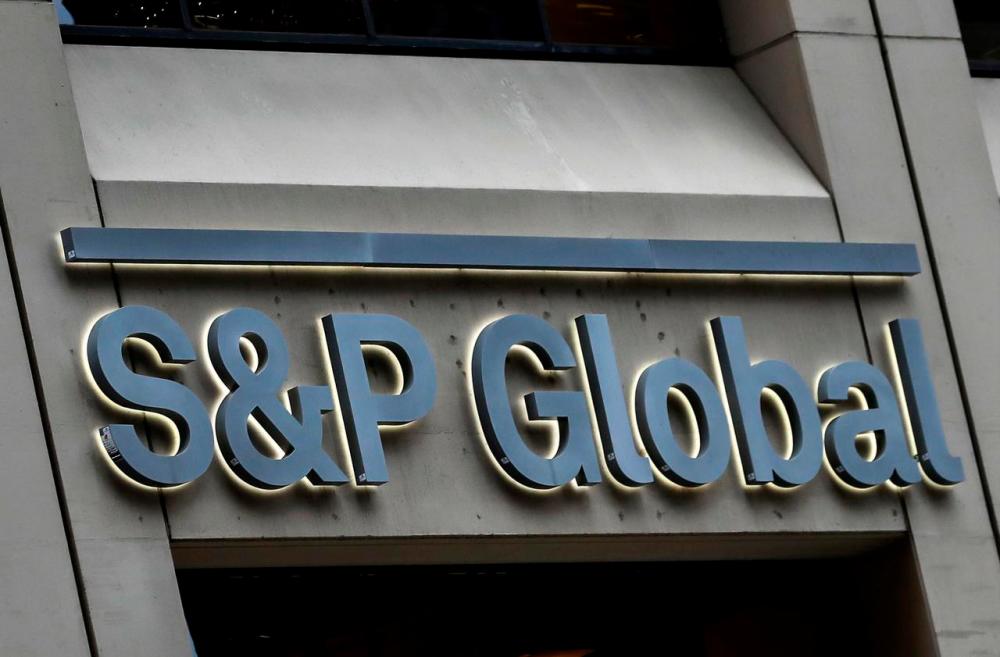PETALING JAYA: S&P Global Ratings foresees a visible deterioration of Malaysian banks’ asset quality conditions due to Covid-19 and related economic shocks/business disruptions.
Financial Institutions Ratings associate Nancy Duan estimated that the banking non-performing asset (NPA) ratio will increase 0.9 percentage points to 2.7% in 2020, compared with its initial pre-Covid-19 forecast of 1.8% this year.
Credit cost is also expected to surge 35 basis points (bps) to 57bps in 2020, compared with its initial pre-Covid-19 forecast of 22bps this year. In 2019, the NPA ratio and credit cost stood at 1.5% and 17bps respectively.
“Given that we’ve seen various moratoriums offered by banks, we believe those will help to delay the pains from Malaysian banks’ asset quality further to 2021,“ she said in a webinar “Covid-19: How are Malaysian banks placed in a turbulent 2020?” today.
S&P’s current forecast excludes the distortion impact from the moratorium to the banks’ balance sheets. The reported NPA ratios this year will be much lower than its forecast due to the blanket approach the central bank takes in giving moratorium to retail/SME customers.
Key assumptions that underpin its baseline views include a 50% provision coverage required for any additional Covid-19 related NPAs; employment conditions remaining mostly stable with no large layoffs; and some spill-over of borrower defaults caused by Covid-19 disruptions over 2020 and 2021.
“The unemployment rate has a high correlation with asset quality trends of Malaysian banks. Malaysian banks have a high proportion of household exposure, which accounts for 58.2% of their loan book. A potential flare-up of the unemployment rate will trigger high correlation of banks’ asset quality,“ explained Duan.
With the spill-over of borrower defaults, she added that the 2021 credit cost for Malaysian banks will be at a relatively elevated level (lower than 2020 in its base case), which is higher than the long-term average for Malaysian banks in the past decade.
Compared with regional peers, she said Malaysian banks are relatively better placed as the CET-1 ratio at about 14% is solid, while gross NPA ratio at 1.5% last year is one of the lowest in the Asean region.
“But there has been some weakness for Malaysian banks’ financial profile as well, mainly coming from the earnings side. We’ve witnessed consistent net interest margin (NIM) contraction for Malaysian banks of 5-10bps every year in the past decade, so this will help to impair the earnings retention capability of Malaysian banks in view of the Covid-19 related headwinds,“ said Duan, adding that rate cuts by Bank Negara Malaysia will further squeeze Malaysian banks’ NIM.
S&P is of the view that Public Bank Bhd has the most headroom in this challenging time, followed by Malayan Bank Bhd and CIMB Bank Bhd. These three banks have two to three notches of downside stand-alone credit profile (SACP) protection in the case of a downgrade.
Duan said the downside risks of the ratings could come from a sovereign rating downgrade and asset quality (for the sector as a whole, or for individual banks it rates).
Assuming that the sovereign rating remains stable, she said whether a bank will go under or not will boil down to the individual banks’ asset quality performance.
“The SACP for any banks can go down if we see that the bank is suffering higher credit cost during the Covid-19 period compared to other peers in the country, in the region and all banks’ SACP levels. Even high SACP banks will not be immuned to the downside risks from Covid-related stress,“ said Duan.
Despite the cautious view, Duan said S&P is still holding a stable outlook for both individual banks’ rating and Banking Industry Country Risk Assessment score, given that its base case has factored in the potential impact of Covid-19 on individual banks’ balance sheet and asset quality indicators over the next two years.













